While reviewing cascode amplifiers, I found an image on Wikipedia of a MOSFET amplifier, which I reproduced here:

The image on Wikipedia has the following caption under the image:
Since each MOSFET transistor has gate (sic) and source connected, this configuration is valid only for discrete 3-terminal components.
First off, I assume the caption meant to say body instead of gate, but even with that correction, I don't see how the second half of that sentence follows from the first.
My question is: How important is it to specifically connect the body and source in each MOSFET in a cascode amplifier?
I can understand that w/ a 4-terminal discrete MOSFET, one can bias the body to enable the implicit BJT and diodes present in a MOSFET. But for an integrated circuit MOSFET, where the body is typically connected to ground for all transistors (and thus neither the body-source diode or implicit BJT would be enabled), how much of an effect would not connecting each transistor's source and body have on the amplifiers behavior, assuming the IC designed such that the shared body is always at a lower or equal voltage to each source terminal?
Would the body effect be significant in this case, as alluded to here?
If the body is at a lower voltage than the source, then you must consider body effect.
Perhaps I may be overthinking the Wikipedia caption (or maybe the advice applies to analog amplifiers in general), but I just want to be sure.